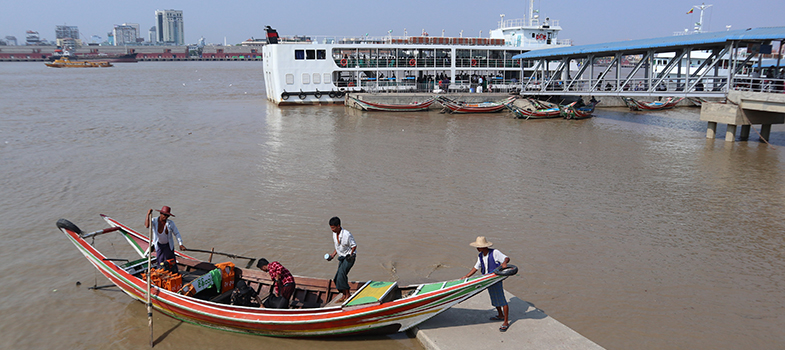3.7 What can be done?
Cleaning up pollution is very expensive and time consuming. It is far better to prevent contamination in the first place, such as by replanting trees and mangroves, using strong containers for fuel and wastewater tanks, treating wastewater and making sure that solid waste landfills are used properly.
Myanmar has been facing considerable challenges in water pollution due to urbanization, population growth, special economic zone development, and increasing domestic and foreign investments in industrial development. However, the government response has been confused. This is largely because responsibility for water resources is spread between a number of institutions, with no single institution responsible for the management of water resources.
For example, the Ministry of Agriculture and Irrigation is the main ministry involved in water resources, whilst in the three largest cities, Yangon, Mandalay and Nayphidaw, water supply and sewage treatment is the responsibility of the respective city development committees. In smaller peri-urban centers, the Department of Development Affairs is responsible for water supply and sanitation (ADB, 2017b).
The National Water Policy (NWP) of Myanmar is the first integrated water policy for the watersheds, rivers, lakes and reservoirs, groundwater aquifers, and coastal and marine waters. It was approved in March 2014 and provides a framework for creating a system of laws, institutions and a plan of action. You learn more about water policy in Myanmar in the next chapter.
3.6.2 Biological pollution
